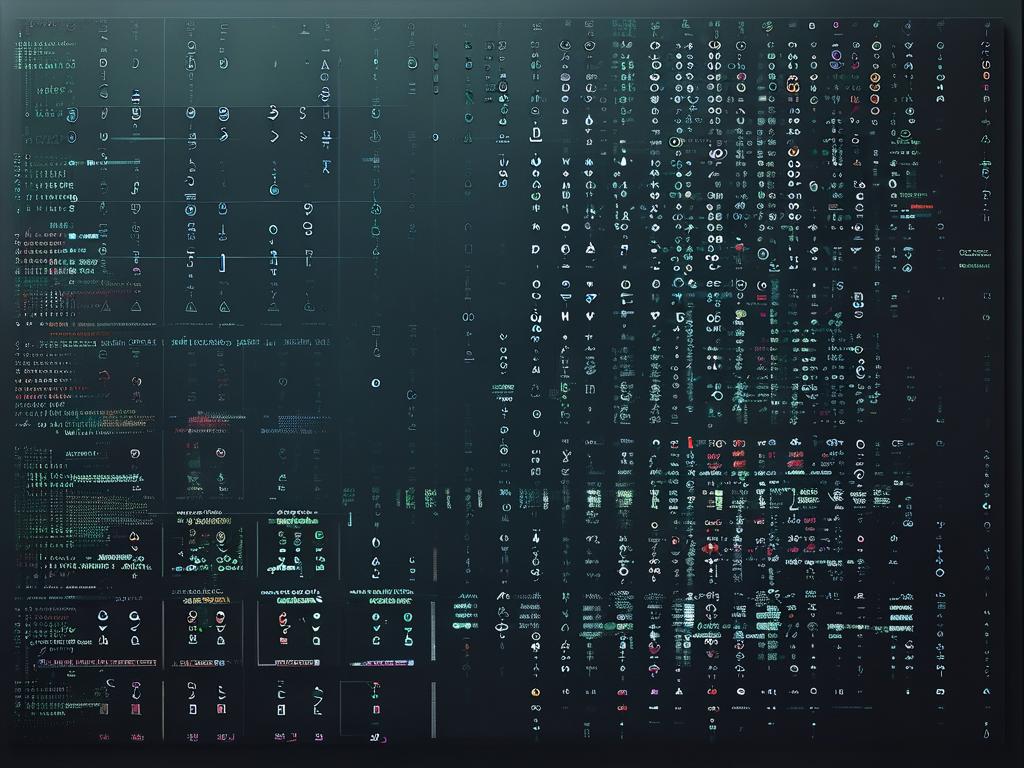In the realm of compiler design, character sets serve as the foundational building blocks for processing and interpreting programming languages. A compiler’s ability to accurately recognize and manipulate characters directly impacts its efficiency, correctness, and compatibility. This article explores the significance of character sets in compiler construction, their technical implementation, and the challenges developers face when handling diverse linguistic and symbolic systems.

1. Understanding Character Sets in Compilers
A character set defines the valid symbols a compiler can process, including letters, digits, punctuation, and whitespace. Early programming languages relied on ASCII (American Standard Code for Information Interchange), which encodes 128 characters. However, modern compilers must support Unicode to accommodate global languages, emojis, and specialized symbols. The choice of character set influences lexical analysis—the first phase of compilation—where source code is tokenized into meaningful units.
For example, a compiler for Python 3 uses Unicode by default, allowing variable names in non-Latin scripts. In contrast, older languages like C89 restricted identifiers to ASCII. This evolution highlights the growing need for compilers to adapt to multilingual programming environments.
2. Lexical Analysis and Character Encoding
During lexical analysis, the scanner reads raw source code as a sequence of characters. Here, the compiler’s character set determines:
- Token Boundaries: How spaces, tabs, and line breaks are recognized.
- Identifier Rules: Which characters are permitted in variable names (e.g., underscores in C, dollar signs in JavaScript).
- String and Character Literals: Handling escape sequences (e.g.,
\nfor newline) and encoding conflicts.
A common challenge is managing encoding schemes like UTF-8, UTF-16, or legacy formats. Misalignment between the compiler’s expected encoding and the source file’s actual encoding can lead to syntax errors or garbled output. For instance, a UTF-8-encoded file interpreted as ASCII might corrupt non-English characters.
3. Case Study: Handling Unicode in Java Compilers
Java’s compiler exemplifies robust character set integration. The language specification mandates Unicode support, enabling developers to write code using any script. Internally, the Java compiler converts source files into UTF-16 code units. This approach ensures consistency across platforms but introduces complexity in processing multi-byte characters.
Consider the following Java snippet:
String こんにちは = "Hello";
The compiler validates こんにちは as a legal identifier, demonstrating Unicode compliance. However, this requires the lexical analyzer to track code points beyond the Basic Multilingual Plane (BMP), such as emojis or ancient scripts, which occupy multiple 16-bit units.
4. Challenges in Multi-Language Compilation
Cross-language interoperability—such as embedding SQL in Java or JavaScript in HTML—introduces mixed character set requirements. A compiler must seamlessly switch between syntax rules and encoding standards. For example, an HTML parser within a JavaScript compiler must distinguish between HTML entities (&) and JavaScript operators (&&).
Another issue is case sensitivity. While A and a are distinct in ASCII-based languages like C, case folding becomes non-trivial in Unicode-rich environments. Compilers must reference complex Unicode databases to perform case-insensitive comparisons accurately.
5. Optimizing Character Set Handling
Efficiency is critical in compiler design. Techniques like bit vectors or hash tables accelerate character classification (e.g., identifying whitespace or keywords). Precomputed lookup tables for common character sets reduce runtime overhead.
For example, LLVM-based compilers use optimized automata to scan UTF-8 streams without decoding entire code points prematurely. This minimizes memory usage and improves parsing speed, especially for large codebases.
6. Future Directions
As programming languages evolve, compilers must address emerging trends:
- Emoji and Visual Programming: Supporting icons in code for educational or domain-specific tools.
- Quantum Computing: Adapting character sets to represent qubit states (e.g.,
|0⟩and|1⟩). - Security: Detecting homoglyph attacks where malicious code uses visually identical characters (e.g., Cyrillic
аvs. Latina).
Character sets are far more than a technical detail in compiler design—they shape how developers express logic and how machines interpret intent. By mastering their intricacies, compiler engineers can build tools that are both powerful and inclusive, bridging human creativity with computational precision. As the digital landscape grows more diverse, the role of character sets will remain central to the evolution of programming languages and their ecosystems.









